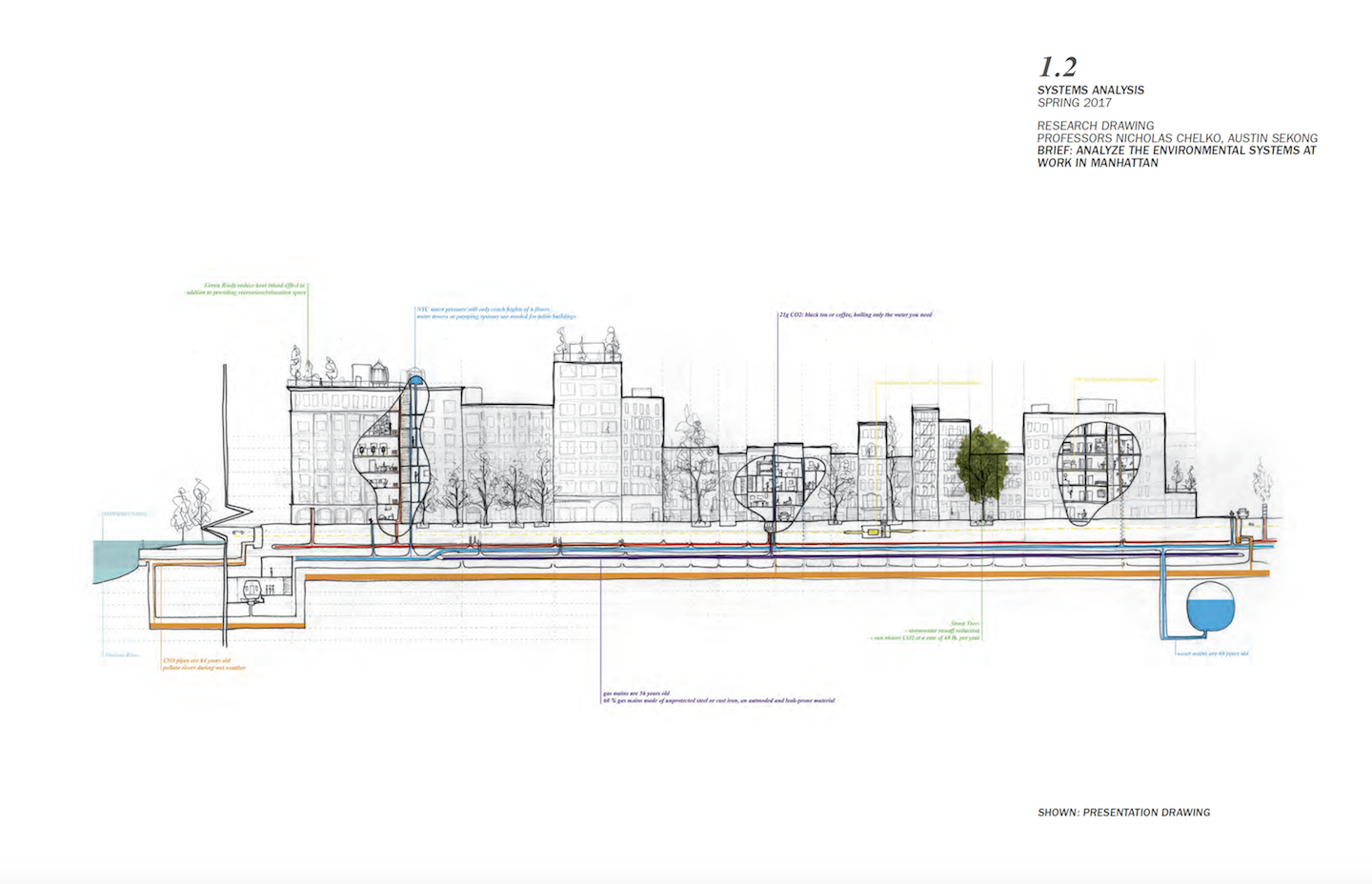Congrats Emmet Elliott on Your Fulbright Award!

Upon completing his dual degree in Architecture and Philosophy this year, Emmet will be embarking on a nine-month drawing project of the city of Dresden, Germany. Emmet will collaborate with Prof. Niels-Christian Fritsche and the Department of Architectural Delineation at Technische Universität Dresden.
In his words, Emmet explained his reason for this Fulbright project:
“First, to give an in-depth reading of Dresden’s architecture, and second, to further develop a language for architectural representation…[Architects] make drawings to observe, we draw to describe, and we use drawings to share our findings. I asked a professor once why he put such an emphasis on us having “good” drawings pinned up every week. What did it mean to be ‘good?’ He replied that ‘A good drawing is a generous drawing. Drawings are how architects build intimacy.’ In my own words: drawing is our language.
Dresden deserves, or rather demands, good drawings—for its architecture has intense historical and emotional content. Germany’s reunification necessitated national deliberation over questions of identity and history; questions of values. Because of Dresden’s near-flattening by Allied bombs in 1945 and subsequent four decades of Soviet rule, this cultural discussion was concurrent with the literal projects of building and rebuilding. Dresden has thus been having this conversation in the language of architecture. Its buildings take explicit positions on its past, playing out a heated debate with mass, material, geometries and rhythm. For an American architect today, this city contains profound lessons. The recent intensity and violence of our cultural friction make it clear that fundamental questions of history and identity are at the fore of American consciousness. As an architect, my role is to investigate these questions of value architecturally. Because my project aims to analyze and express how the built environment of Dresden asks and answers, I will need to distill a drawing method I have been developing as a student; a method of philosophical drawing…Using reverse engineering to analyze a building holistically. What is the thought of this building? The difficulty—and value—of this method is that each drawing is contingent upon its subject. Because buildings are unique, and I am giving a unique reading, the form of the drawings depends completely on the place. After this initial observation the analysis enters into a reciprocal relationship with the drawing set, both emerging as my understanding of the building deepens.”
Congrats and best of luck, Emmet!